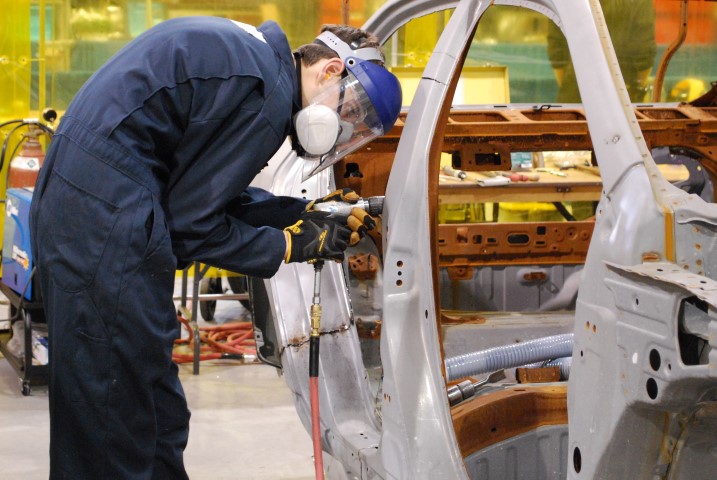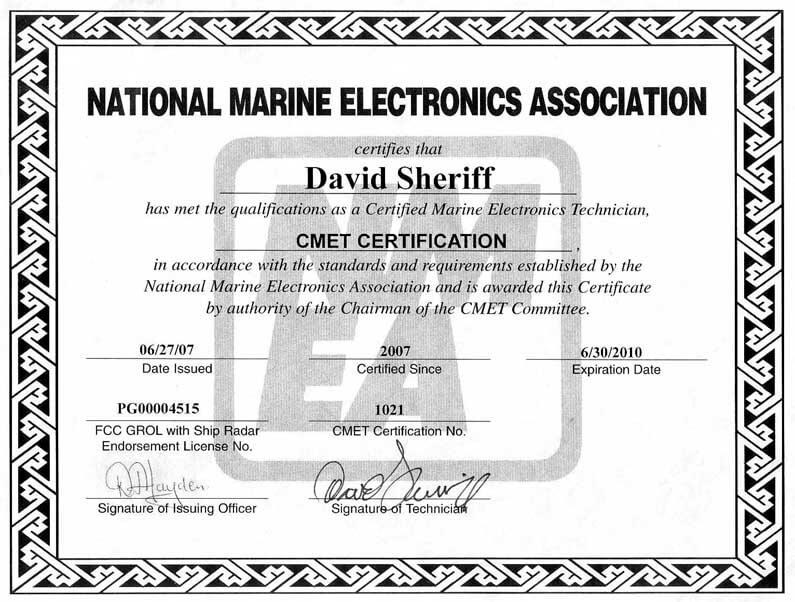
If you are interested in understanding the different parts of your vehicle, then you should know some basic automotive terms. These are the Coil springs (Shock absorber), Drive axle, and Carbureted motor. Let's take an in-depth look at these terms so you can understand what they mean. This article also addresses some commonly used terms in automotive. Read on to discover more about the different parts of your car. There are many terms in the automotive world that you may not know.
Coil springs
A coil spring is a piece of metal that is tightly wound and is mounted around a suspension system. Its hardness and softness depend on the manufacturer. The performance of the coil spring depends on several parameters. The vehicle's dynamic performance and handling will be affected by any change in these parameters. A spring's overall performance is affected by how many coils it has. This spring is a crucial component of any suspension system. It determines how smooth the ride will be.
Shock absorber
Shock absorbers, which are found in cars, dampen the impact of rough surfaces. They also improve the car's handling. Different materials are used, so they can deform in different ways. The devices can also vary in their resistance to changes in temperature or environmental pollution. It may sound complicated to describe a shock absorber, but once you know how it works, it becomes very easy. There are different types of shock absorbers available, which are designed to handle various types of road conditions and different kinds of vehicles.

Drive axle
The drive shaft, or otherwise known as the drive axle, is the primary component of a car's drive train. Many drivers think they can fix the problem themselves. However, qualified mechanics are required to properly diagnose the issue and provide an efficient and safe solution. Before you take your car to the shop for repairs, make sure to check the warranty. Be aware of any unusual sounds or fluid leaks coming out of the drive axle. Additionally, keep an eye out for your vehicle's weight limit. The drive axle can be damaged if the vehicle is too heavy.
Carbureted engine
In automotive terms, a carbureted engine is a type of gasoline-powered engine that relies on a wick to draw air into a chamber. Combustion is caused by fuel vapors when the air enters a chamber. Modern carburetors use Bernoulli principles. Air flows through a small venturi and delivers fuel proportionally to the volume of air entering the cylinder.
Dash top sensor
Automotive technology often uses the term "dashtop" sensor. These sensors monitor the levels of brake fluid in your car. A car's brake fluid has a certain pressure range within which it functions optimally, and this sensor monitors the pressure and transmits that information to the dashboard in the form of an electrical voltage. The sensor will notify you via a warning light at the dash if the level of brake fluid drops.
Limited slip coupling
In the automotive world, the term "limited-slip coupling" can have many different meanings. In an automatic all-wheel-drive system, the limited slip coupling engages the secondary axle as needed. This mechanism transmits information to vehicle's computer which controls its driving characteristics. It also acts as a conduit for coolant between engine's cooling system, and heater core. The following are examples of its importance: free running RPM (engine rpm with accessories off), ignition timings, and the engine's operating temperature.

M85 Blend of 85% gasoline and 85% methanol
M85 is a fuel blend made up of 85% methanol and 15% gasoline, which costs the same as mid-grade gasoline in California. Modern vehicles are flex-fuel vehicles and use this mixture. They also have a sensor to detect methanol. This sensor tells the vehicle's computer what kind of fuel it is, so it can adjust the ignition and injectors accordingly.
FAQ
How do I fix my car for a hobby?
If you are interested in cars, why not take it on as a hobby? You can repair them, buy their parts, sell them, or just have fun with them. It's a fun hobby that you can do if it interests you.
It isn't easy to turn it into a full time job. This requires dedication and hard work. It requires a lot investment.
So unless you have a good reason for wanting to get involved with cars, then it might be best to leave it alone.
How long does an apprenticeship in automotive mechanics last?
An automotive mechanic apprenticeship takes around three years to complete. This includes two years in school and two as an apprentice. The first year teaches you all aspects, from theory to practical skills and safety procedures. You will also learn to use tools efficiently and safely during this period. After you have completed the first year of training, you will be able to spend an additional year on-the job learning different trades. You will have the opportunity for formal training during these years.
The final year of this program is spent in obtaining qualifications and becoming certified in your field. These include NVQs, which are obtained after passing industry-specific exams. The HNCs (Higher National Certificates), on the other hand, cover general subjects like customer service and management. City & Guilds certificates may be available for those who are interested in becoming qualified in specific trades.
Is it hard to get work as an auto mechanic?
Yes, it's possible. Many garages post their vacancies online. Many people apply simply because they think it might make them feel good. Applying for several positions and seeing if they accept student applications is a good way to get your foot into the door. Ask your friends and family to recommend anyone in the field. They may be happy to recommend someone.
What does it take for a mechanic to be a good one?
It takes years of practice and experience to become an expert mechanic. It is best to learn how to fix cars under the supervision and guidance of a professional mechanic.
You will be required to spend time at a car garage learning as much as you can about cars. It is important to get familiar with the mechanics of cars and engineering.
Furthermore, you'll need to enroll in auto school.
The most important thing is to start early. It doesn't matter if you're old or not to study automotive technology. If you want to qualify as a mechanic, get started now!
What is the difference between an automotive technician and a mechanic?
These two jobs are very similar but not identical. A mechanic repairs cars while an automotive technician does maintenance on them.
A mechanic must be skilled in manual dexterity and able to complete simple tasks quickly. They must also be able to diagnose problems accurately and repair them effectively.
An automotive technician requires more technical skills than a mechanic. They must be able to read blueprints and use tools such as drills and wrenches.
They should be able safely to perform complex procedures. They should also be familiarized with the different types of engines as well as electrical systems.
They must also be able to understand how various parts interact with each other.
As a result, mechanics typically make less than technicians. Both careers have many options.
How can I prepare for a apprenticeship as a mechanic?
It is important to have an understanding of what you are going into. You need to understand the mechanics of cars and how they work. This will make it easy to find the right place to start your first day in the garage.
You also need to know how to fix simple problems such as broken lights, tires, etc.
This should help you learn how to diagnose issues and repair them yourself.
You'll also need to know how different parts fit together to put them back together again.
Finally, you should be able use tools safely.
All of these factors will allow you to become a skilled mechanic.
Statistics
- There were 749,900 jobs available for automotive service technicians and mechanics in 2016, which is expected to grow by six percent through 2026. (jobhero.com)
- According to the BLS, total auto technician employment is expected to exceed 705,000 by 2030. (uti.edu)
- According to the BLS, the median annual salary for automotive service technicians and mechanics in the United States was $44,050 in May 2020. (uti.edu)
External Links
How To
How to obtain a mechanic certificate
For those who are interested in becoming certified automotive technicians, the mechanic's certifications will help. They provide an overview of all areas of auto repair, including engine diagnostics, electrical systems, brakes, suspension, steering, fuel injection, air conditioning, heating, exhaust, transmission, diagnostic tools, body repairs, collision damage repair, collision repair, paintless dent removal, motor vehicle emissions testing, and much more.
The program includes 12 hours of classroom instruction as well as three months of training on the job at a participating dealer. Students must complete a minimum of 60 clock hours of classroom study per semester and pass a written exam, including theory and practical questions. Students may take the National Institute for Automotive Service Excellence's state exam after completing the coursework. To be employed as an automotive service technician, you must have ASE certification.